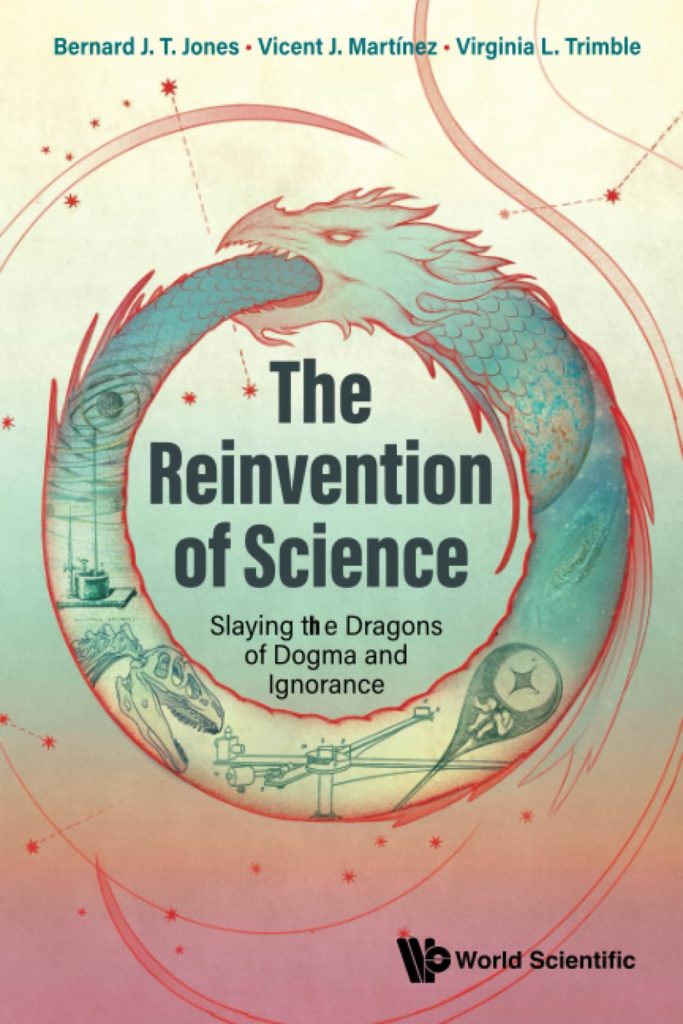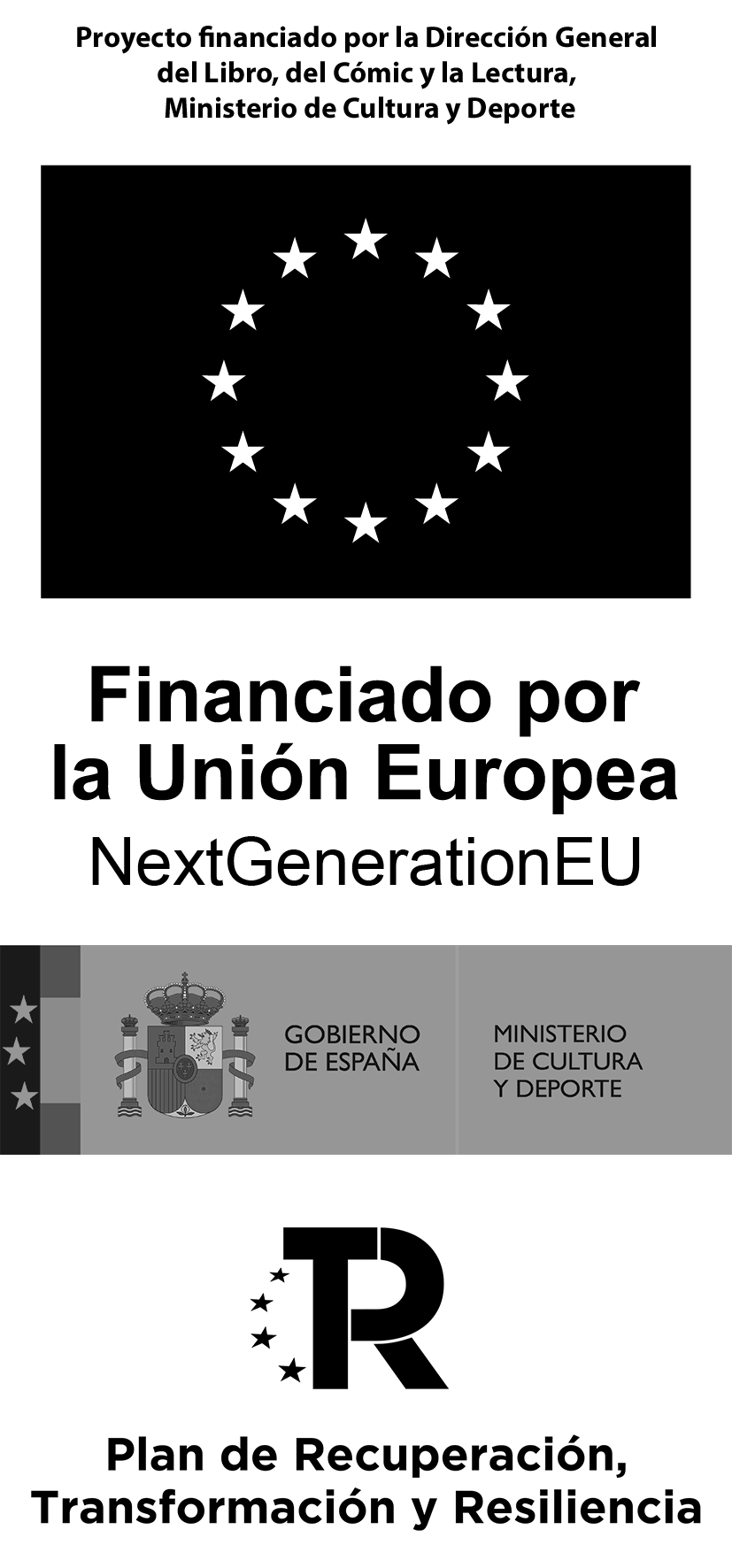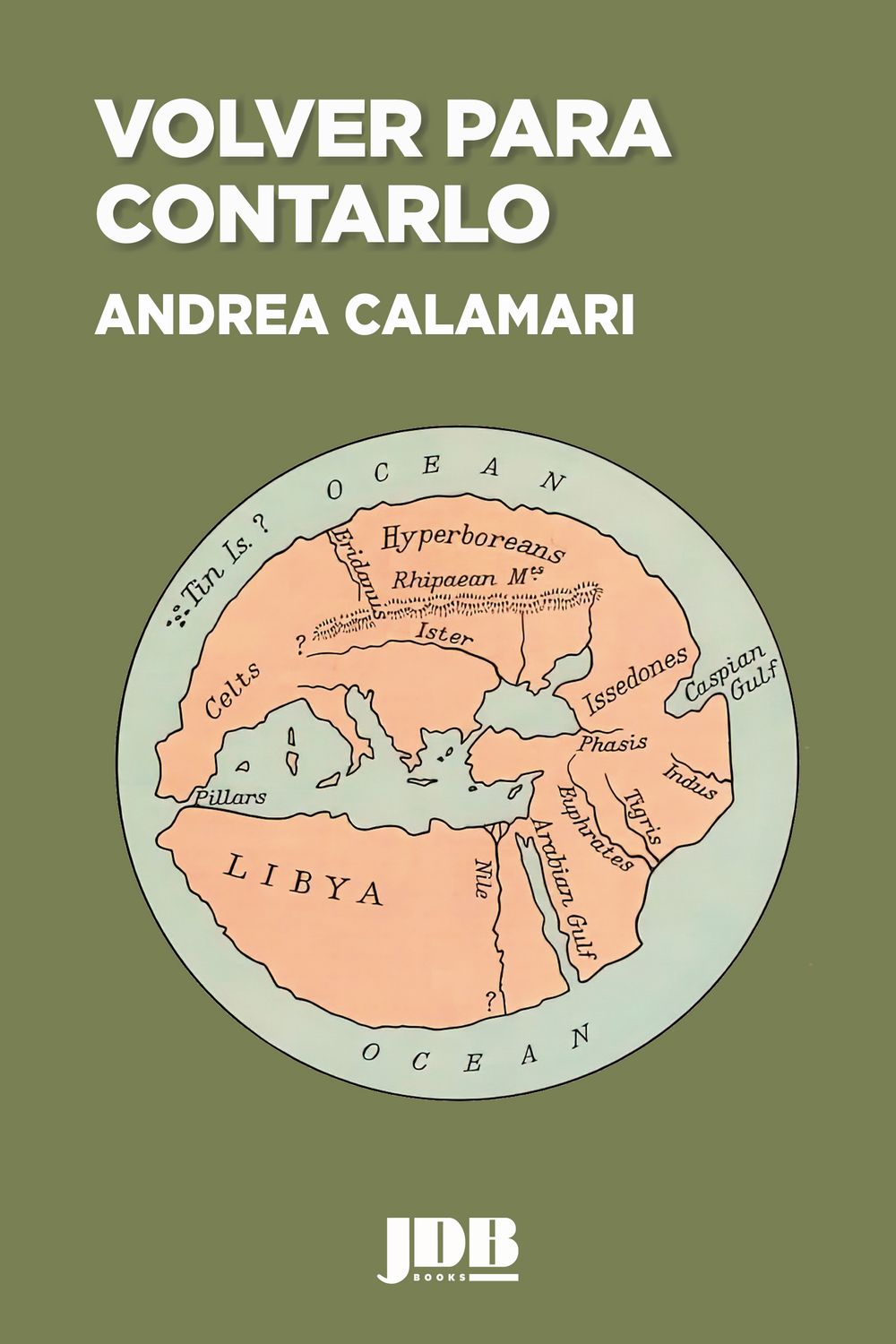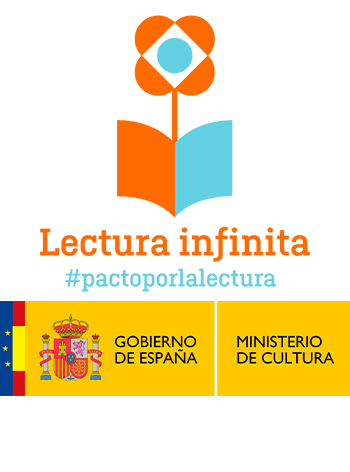Look at the Psalter world map, a delicious work of art, drawn with incredibly fine detail around 1260 by an unknown artist. In the upper part of the map the divine savior outstretches his arms to embrace the world. In the bottom lurk two dragons, symbols of sin which balance the divine presence. The sentence “hic sunt dracones” («Here be dragons») appears in medieval texts and maps to mark unexplored territories.
In their ambitious book The reinvention of Science, a triad of scientists (B.T. Jones, V.J. Martínez and V.L. Trimble) set themselves to the ambitious task of “slaying the Dragons of Dogma and Ignorance”. This fits well with the idea of erasing the “here be dragons” from the maps of knowledge. And yet, Bernard, Vicent and Virginia, turn out to be not only top astronomers, but also impenitent romantics. Dragons in their book, soon turn out to be main characters and they led us to follow them, from the instant they beak their way out of the egg to the moment they break into perilous flight.
One of the most attractive novelties that separates this opus magna from other major works is its impressionistic style. In the same way that a Monet may tell the same tale than a Bouguereau, and yet evoke very different emotions in the beholder, “The reinvention of Science” is an ambitious essay on the story of science, written for the educated, cultivated and curious reader. There are previous wonderful books on the subject such as “coming of age in the Milky Way (T. Ferris)”. But the latest is a classic, a Bouguereau, where beauty and intelligence, are, so to speak, ordered and contained. Rather, this monumental dragon treatise requires movement from the reader, like a Monet. You cannot stay still while reading. The narrative will not follow a predictable path, the time lines will mix and the book tidings will advance and retreat, as the story unfolds.
And the story starts breaking the dragon’s egg. Chapter 1 announces a predictable opening, “Ether and Atoms”, except that the first lines, rather than transporting the readers to Ionia, describe the most famous failed experiment of the history of science, that of Michelson and Morley.
What is so special about this experiment? Actually, how do the authors dare to start a book about the history of science with a failed experiment? How may accounts of failed experiments do you read in the press these days? Choose at random any piece of news about science and it will always be about some great, unexpected, game-changing, and possibly life-and-civilization threatening discovery (as everything related with AI goes these days). Actually, one could humor the authors of this book and claim that present day press is only interested in the dragons of science (big, mean, and fire-breathing), rather than in science itself.
Back to Michelson and Morley. First, they built a refined interferometer, of the same type (but more than hundred years before) that the one built by the LIGO collaboration to detect gravitational waves. A sophisticated instrument. Science in general and astronomy in particular, would not exist without the gadgets that allow us to ask very precise questions to Nature. The book will later describe Galileo’s telescope, the LIGO interferometer, the Planck observatory, or the giant LHC experiments at CERN. They all are instruments, that make possible sophisticated experiments.
And what are experiments? They are the negation of belief. They are well formulated questions to the World. We asked them because we are skeptical and doubt everything (except, perhaps, death and taxes). Scientific questions arise when man refuses to believe in the Olympics (or the burning bush) and asks: What is the World made of?
Although the question that Michelson and Morley asked was apparently, way humbler. They wanted to know what was the speed of light and how did it depend on the reference frame in which it was measured.
What do we mean by reference frame? When we get a speed ticket (way too often thanks to the road radars), the velocity of our car is measured against the reference frame of the Earth, where the radar is located. But Earth itself is moving around the Sun, and thus our velocity in the Sun reference frame would be different. We would obtain it composing the speed of our car with respect to the Earth and the speed of the Earth with respect to the Sun.
What is the reference frame for light? The answer, by the time of the Michelson Morley experiment was that the universe was filled with a substance, called “ether”, and light was a perturbation of such substance (in the same way that we can imagine a wave as a perturbation of water and sound as a perturbation of air). Ether was a “postulated but unseen entity”, something convenient to explain a phenomenon but never proven to exist. Ether was, in the colorful narrative of our authors, a dragon. Michelson and Morley experiment proved that ether does not exist and concluded that light speed is the same in all reference frames, an incredibly weird phenomenon, which, eventually was explained by Einstein’s Theory of Relativity. And thus, a failed experiment was indeed a major breakthrough. It killed a dragon (ether) and opened up a new uncharted territory in the maps of science.
The story of Michelson and Morley defines a plot that repeats often in the book. A dragon lurks somewhere and science, eventually, kills it. Examples abound. We have just encountered ether. Phlogiston is another of such identities, described in the book. Very much in the same spirit in which ether was invented to “fill voids” (the Greeks were convinced that “nature abhors void”), phlogiston was invoked as late as 1667 (by the German physician Georg Sthal) to reinvent another beloved Greek idea, that of the “Fire element”. The theory asserted that metals and combustible materials contained phlogiston which was released on burning. Air was necessary for combustion because it absorbed phlogiston. It was a tidy notion, which survive for a long time. And it was utterly false. Killing that particular dragon resulted in the birth of modern chemistry.
Remarkably, not all “postulated but unseen entity” are dragons, or, if we want to stretch the metaphor, some of them are good dragons. One example particularly appealing for the author of this review is the neutrino. Its origins are as “draconic” as those of the ether and the phlogiston. It was postulated, circa 1930 by W. Pauli as a “desperate remedy” to save the law of conservation of energy (one of the few things most scientist firmly believe in). It was a ghost, a particle with no charge, (almost) no mass and no interactions with matter. If it was really there, it escaped undetected by all the apparatus of the time. It was conjured just to fix a problem, creating, apparently an even bigger problem (there is a beautiful saying in Spanish for this: desnudar a un santo para vestir a otro). And yet, the neutrino turned out to be as real as Earth, and Water and Fire. Neutrinos have been observed everywhere. Coming from the Sun and from a Supernova, emitted by galactic cannons and by the Earth radioactive core, and nuclear power, fabricated in beams by physicists like yours truly. Neutrinos are essential players in Supernova explosions and could be, in fact, the double agent that decided the war between matter an antimatter in the early Universe. So, the “dragon” acquires a double meaning. Sometimes, you have to kill it to carry on your explorations. Sometimes they carry you in their wings.
The book is divided in seven parts, and the beautiful titles are both informative and suggestive. Part I (Breaking the Dragon’s Egg) starts with the Greeks and carries the readers in leaps and fits (the narrative is not lineal and the text reads often as a suspense mystery novel, including quite a few cliffhangers) from the origins of science (and technology, as illustrated by the amazing analog computers of two centuries BCE), to Lucretius Rerum Nature, the Italian Renaissance, the birth of the concept of the Mechanical Universe, Copernicus De Revolutionibus Orbium Celestium, Galileo (Epur si muove), Torricelli, Lavoisier and the birth of chemistry and ultimately the kinetic theory of gases.
Part II (The Dragon Fire), starts with the crystalline spheres which once were believed to make the Heavens and ends up with the cosmic background radiation. It’s a short and pristine tale of the origins of astronomy and cosmology, which, by itself, would justify purchasing the book.
Part III deals with how scientific discoveries are made, starting with the story of the girl who found… Dragons! Circa 1811, Mary Anning unearthed the skeleton of an Ichthyosaurus, starting a career in which she made major (and mostly unacknowledged) contributions to paleontology. The case of Mary, of course, is not unique, and the book makes justice to many female scientists, highlighting the importance of their contributions (and alas, the way in which those contributions were often neglected, mistreated or simply stolen by men).
If anyone thought that a book authored by three astronomers would be too biased towards astronomy and cosmology, think again. Indeed, Part III deals with paleontology, geology, and the story of life on Earth, including its tragedies, the great extinctions and the demise of the dinosaurs included. A full chapter is indeed devoted to this last topic and to the debate around the Alvarez’s asteroid theory. Reading this chapter is a must. Science is a human endeavor and as such, subject to human limitations, biases and obsessions. Ask any one about what killed the dinosaurs and the automatic answer will be: Asteroid! This is one of those scientific things that everybody knows, including Hollywood filmmakers. Except that it may not be true. Maybe it was not an asteroid, but volcanoes. The debate is still going on (or, more likely, raging on) and illustrates another essential point about science. Scientific theories seek truth, but are not guaranteed to be true. In fact, the way science work is trying to prove they are false. And stalemates are not rare, the example of the dinosaurs being one of many.
Part IV starts with another “Dragon”, the homunculus. According to this theory, each new being exists, fully formed, but extraordinarily small, in the father sperm as a “homunculus”. Not happy with its own absurdness, the theory also throws in a bit of macho pathos. The role of the female ovum was limited to providing food and shelter for the little animal to develop. The fact that the homunculus theory was held after the observation o sperm (including those who claimed to “see” the head of the little man in the tail of the spermatozoid) bears witness of how hard can be killing the dragons of science.
From the homunculus to cosmological theories, another battleground of the last hundred years or so. The authors are authorities in the field and learning the development of modern cosmology is a pleasure. The book mentions at this point another of the greatest female scientist of the modern era, Jocelyn Bell, who, as the authors aptly suggest has not (yet but should) received a Nobel Prize for the discovery of pulsars.
From pulsars to black holes and gravitational waves, our story delves now in modern science, with all its grandeur and glitches. The chapters read like a thriller, with a trepidant tempo achieved, very often, with the stupendous trick of moving back and forth between temporal lines. Parts IV and V extend further the story, covering a huge number of topics, ranging from the search for Dark Matter to the observation of the Cosmic Microwave Background (or CMB) and the establishment of modern cosmological “standard models”. The last part of the book, rather brief, is a quick peep into the future of science. The authors, perhaps prudently, choose not to speculate too much. After all those dragons are not yet born.
For the practitioner of science and the curious, cultivated reader alike, this book is a gift. It is hugely informative, is fair, and is fun. Its ambition and scope are modulated by a deep sense of humor and penchant for good stories. It is true to is stated mission of showing us how science, with all its limitations has been able to slay the dragons of dogma and ignorance. There is no better way to summarize it than to quote their own quotation, in the very first page of the volume. Fairy tales are more than true: not because they tell us that dragons exist but because they tell us that dragons can be beaten.













Ya veo que algún colaborador es capaz de presentar escritos en inglés. O de usar software de traducción automática.
En cualquier caso, pura pedantería por parte de Jotdown.
No lo voy a pasar por GoogleTraslator (enuy temprano y estoy muy resfriado), pero igual me animo y más tarde cancelo la suscripción.
Que os aproveche, sobraos
M’apunto.